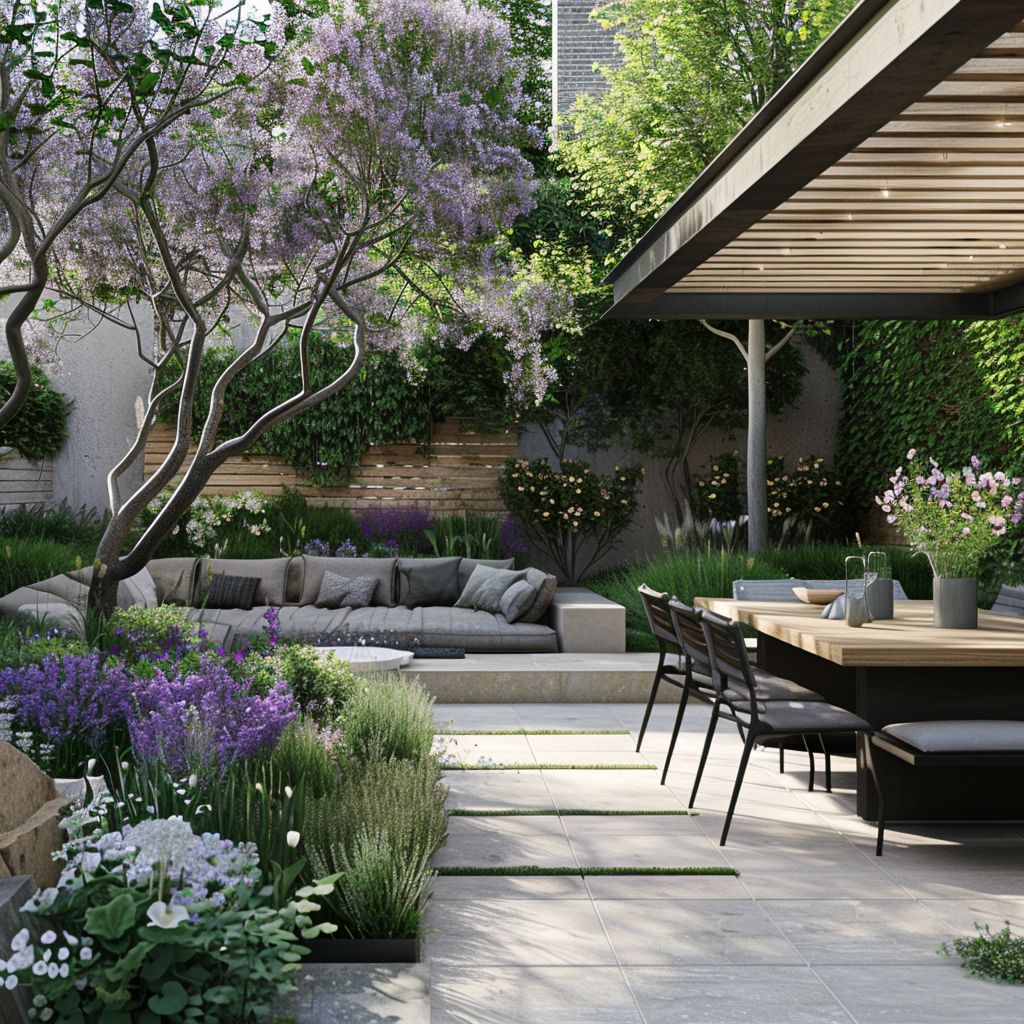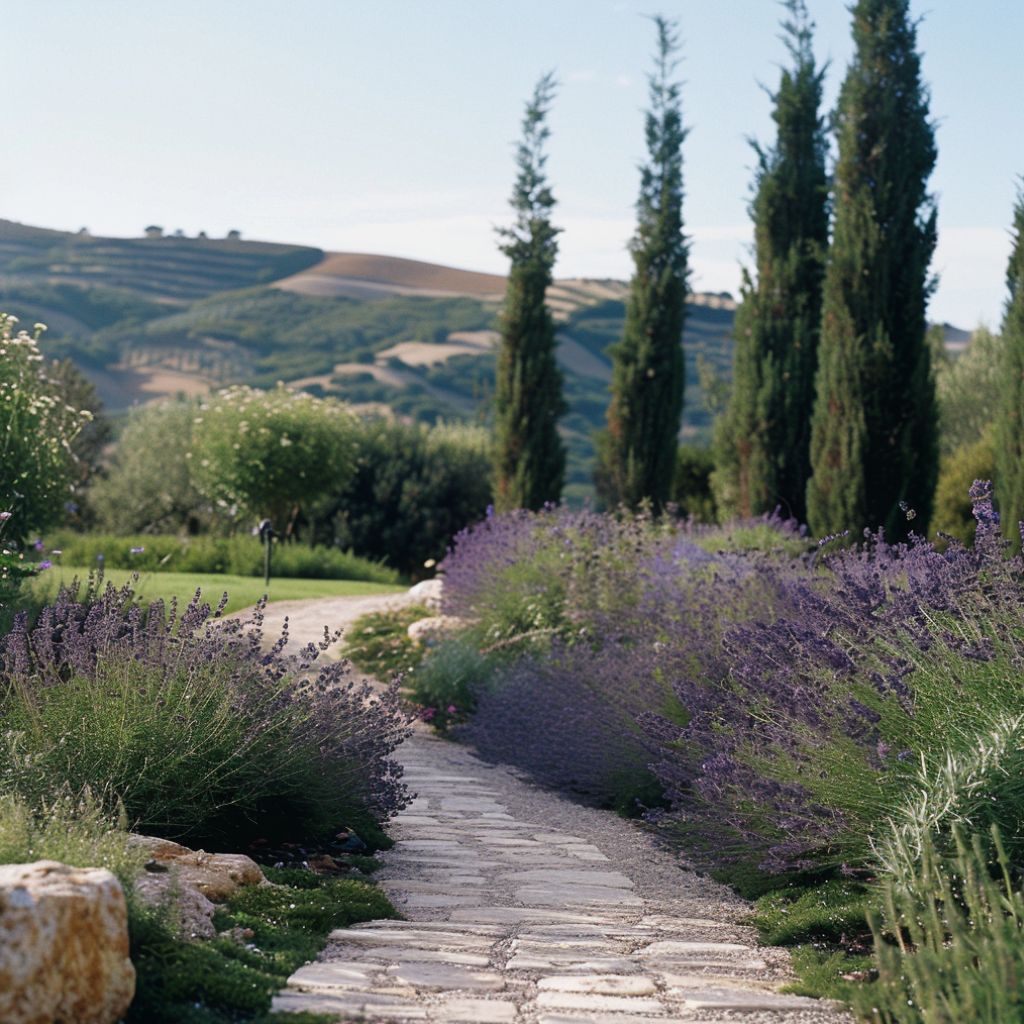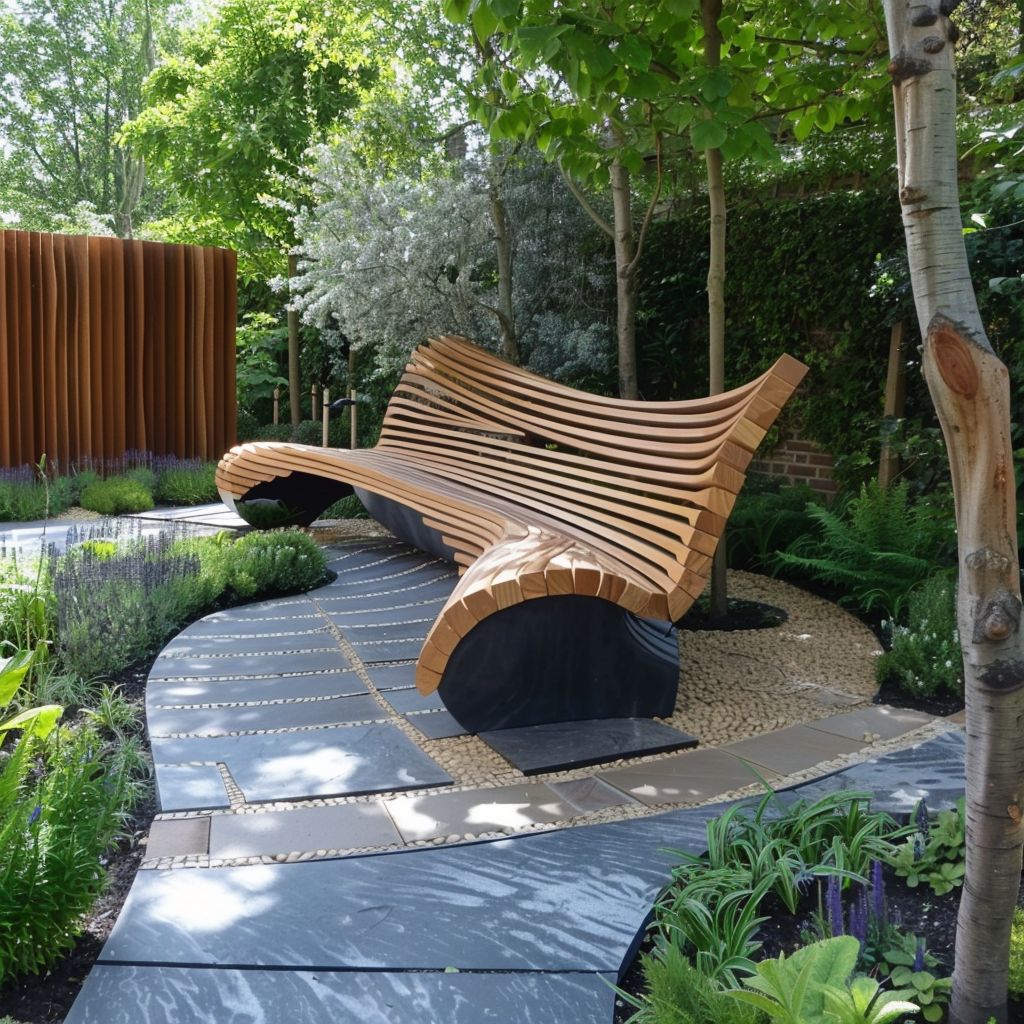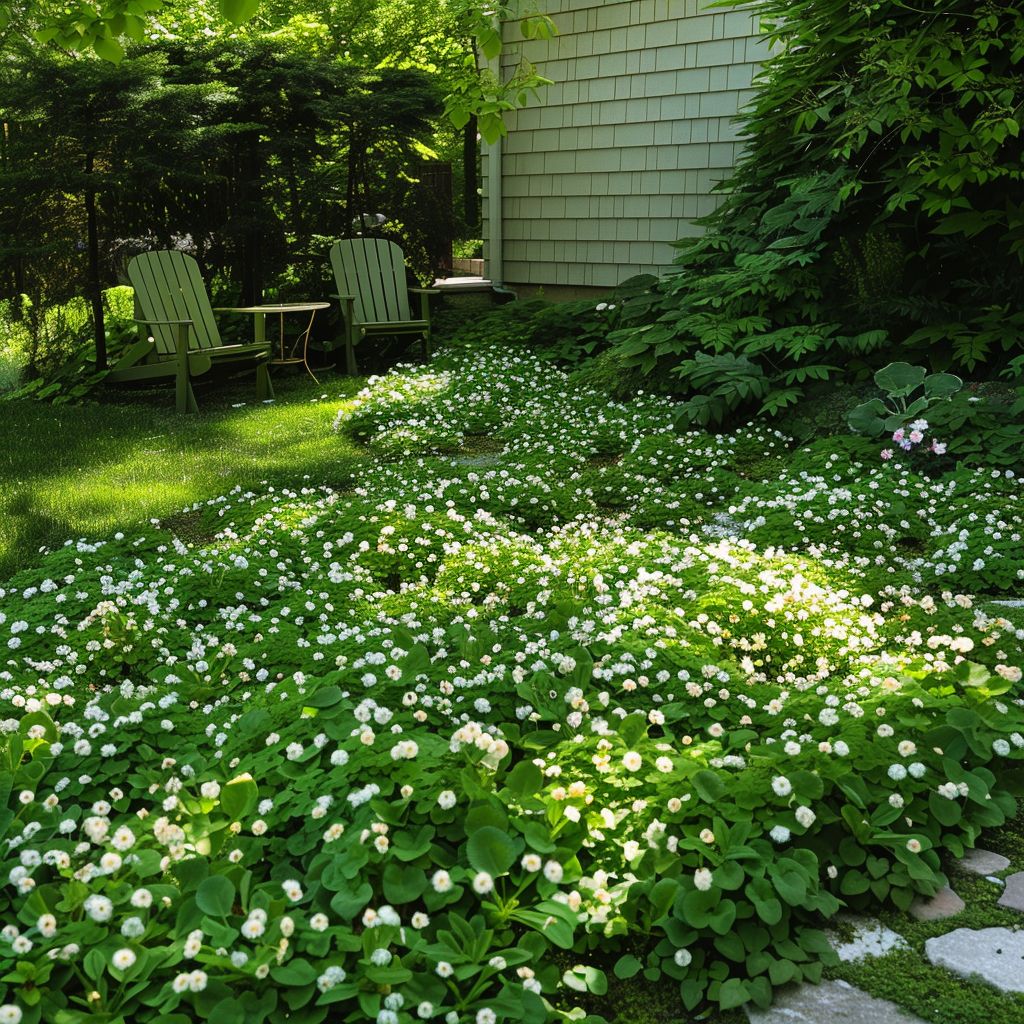Designing a garden that everyone can enjoy, regardless of mobility, may well seem like a daunting task, but it’s entirely achievable with the right approach. Gardens offer a sanctuary for relaxation, creativity, and spending quality time with loved ones. If you’re looking to futureproof your outdoor space or make it accessible for all abilities, you’re in the right place.
Accessible garden design isn’t just about practicality; it’s about merging beauty with functionality. With thoughtful planning and a touch of creativity, you can transform your garden into a welcoming haven.
Dive into these expert tips and inspiring ideas to create an inclusive space that bursts with colour, scent, and life.
Understanding Accessible Garden Design
The Importance of Accessibility in Gardens
Creating an accessible garden space is crucial for inclusive enjoyment. Accessibility allows people with diverse abilities to benefit from garden experiences without restrictions. This inclusivity fosters a welcoming environment where everyone can participate fully, enhancing well-being and community spirit.
Key Components of an Accessible Garden

Accessible garden design incorporates features that aid diverse user needs. Wide, level pathways make movement easier, while materials like gravel or rubber provide safe, non-slip surfaces. Structural elements such as raised beds allow those with limited mobility to engage in gardening without strain.
Consider sensory interactions by including aromatic and textured plants. Vertical gardens maximise space and offer accessible plant interaction without obstructing pathways. Incorporate seating areas and shaded spots to accommodate those who need rest.
Leveraging technology can also enhance accessibility. Imagine incorporating tactile garden signs or using 3D printing for Braille markers. With thoughtful design, you can transform any garden into an inclusive, engaging space for all.
Planning Your Accessible Garden
Measuring and Space Planning
Start by assessing the available space. Measure paths and garden areas precisely. Wide pathways are essential. They should accommodate wheelchairs, wheelbarrows, and people walking side by side. Aim for a minimum width of 1.5 metres.
Consider slope gradients. Paths should have gentle inclines. Avoid steep slopes to prevent difficulties for wheelchair users. Use stable, non-slip surfaces. Gravel, poured rubber, and Tarmac are effective options. If using pavers, keep them even to prevent tripping hazards.
Choosing the Right Plants
Select plants that engage the senses. Fragrant herbs like lavender and rosemary provide a calming environment. Bright flowers like marigolds and sunflowers add visual appeal and are easy to see.

Consider the maintenance needs. Opt for low-maintenance plants such as succulents and cacti. This reduces the need for intensive care. Incorporate plants at various heights, including vertical gardens, to make them accessible.
Mix colours, textures, and scents. This diversity adds interest and facilitates engagement for everyone. Plants with therapeutic benefits, like peppermint, can also be beneficial.
Regularly check plant health. Manage pests and diseases promptly to keep the garden thriving.
By planning and selecting with care, an accessible garden becomes a welcoming space for all.
Implementing Accessibility Features
Pathways and Navigation
Create paths wide enough for wheelchairs and walkers. Use smooth, level surfaces to avoid tripping. Paving slabs offer good options, especially non-slip and anti-glare types. Avoid loose gravel, which can hinder wheelchairs.
Raised Beds and Vertical Gardening

Include raised beds at waist height to help those with limited mobility. Raised beds eliminate bending and kneeling. They also improve accessibility for wheelchair users. Consider vertical gardens that allow easier access to plants. Modular vertical systems let users tend to each container on a table or raised surface.
Seating and Rest Areas

Position benches and seating areas throughout the garden. Use backrests and armrests for added support. Place seats in shaded spots for comfort. Integrate rest areas near key garden features for convenience.
Enhancing Garden Accessibility
Lighting and Visibility
Good lighting is essential. Paths, steps, and seating areas should be well-lit during the evening. Use festoon and string lights for a practical yet attractive option. Solar-powered lights can be both eco-friendly and cost-effective. Consider motion sensor lights to illuminate pathways as needed. Ensure fixtures are placed at varying heights to cover blind spots and avoid glare.

Easy-Care Plants and Maintenance
Choose plants that require minimal upkeep to simplify garden responsibilities. Succulents and cacti are perfect choices, needing less attention and water. These plants can also add a unique texture to your garden. Clover as a ground cover needs little maintenance and is loved by pollinators. Wildflower turf can bring vibrant colours throughout the summer without demanding much upkeep.

Useful Gardening Tools
Invest in tools that make gardening easier. Long-handled tools can reduce the need to bend or kneel. Robot lawn mowers are excellent for small to medium lawns, reducing physical effort significantly. Consider lightweight, ergonomic tools to ease strain on your hands and arms. Self-watering planters and automatic irrigation systems can decrease the frequency of manual watering.
Up next:
